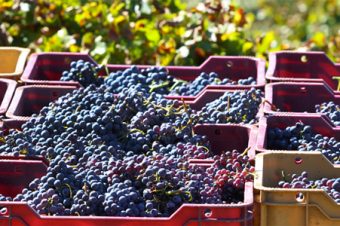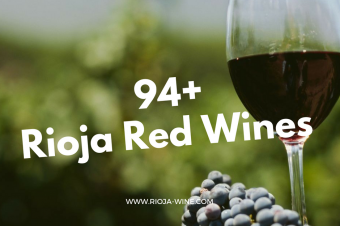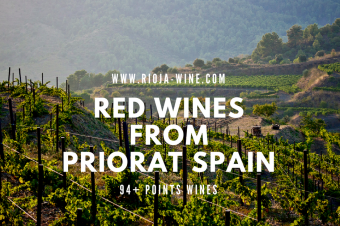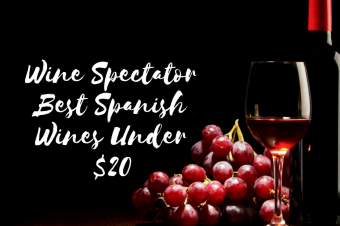Spain is diversity
Spain is a country of incredible diversity, in its regions, culture, and artistic endeavors and in its worldview that is mirrored in the creativity of its people and the way they view wine and food.
Spain is seen as uniquely European with diversity unlike any other wine producing country in Europe and perhaps the World. Its imagery is bright, festivals, Catalan, Castilian, Barcelona and Madrid, food from the Basques, San Sebastian, Valencia, and MooIrish influences in Andalusia. It is vivid, vibrant and allegria. In one country, one of the most varied lifestyles in the World can be found.
Spain has something for everyone. To Americans, it is one of the coolest countries in the world. The lifestyle is aspirational because it appears Varied, Carefree, Creative, Vibrant and passionate. It is diversity that you can trust.
Matching Spanish wine with American individuality
Americans take pride in their individuality, yet they are constantly seeking their identity and their own brand. Young Americans in their 20’s and 30’s are always searching for the next cool thing. Everybody wants their own version of individuality. Spain and Spanish wine can offer Americans what it provides best diversity. There is a wine for everyone, every person, and every occasion. Spanish wines can fit the lifestyle that Americans are Seeking.
The Spanish wine story is about the regions, their customs, culture, art and people. While Americans need more comparative and taste information about Spanish wine grapes, the story is not about the varietals. For example, as Americans are becoming increasingly educated about wine, they aren’t referring to “French Wine,” as much as they are regions, Such as Bordeaux, Burgundy, the Loire, Provence, and others. They create a point of difference for the consumer.
Differentiating Spanish wine
Spain has points of difference in a way that can’t be found elsewhere. Many Countries are making wines with now common international grapes such as Chardonnay and Cabernet. Over the past decade, many of these wines have been internationalized and have lost their typicity. American consumers are increasingly turning away from oaky Chardonnays And tannic Cabernets. While Spain is also using these grapes, they are less common and the wines have kept their Sense of place. When a wine is made in regions such as Bierzo, Ribera, Rioja, Priorat Or Others, it tastes different because everything about these regions is diverse.
The diversity of Spanish wine regions matches trends in American restaurants and the way Americans are Cooking at home. Ethnic styles and cuisines have become more common going far beyond French and Italian. Mexican, Japanese, Korean, Peruvian and Spanish Cuisines all have become popular. As Spain can offer U.S. consumers wines from places like Galicia, while explaining the region’s food and culture, they can drink it with dishes like Sashimi and ceviche. The versatility of Rioja goes with food from all over the World. While Spanish Wines are diverse, they also share balance, which makes them the right wines for any occasion and any Cuisine.
How Americans learn about wine
At the same time that the Story of the region is important, Americans want to know what different wine grapes taste like. They are used to buying wines in the supermarket that are displayed by varietal so they often ask how wines that are new to them compare with those they know. They should be taught that if they like Chardonnay, they will feel comfortable with the fresh, clean taste of Verdejo at the same time they learn it is from Rueda, and where Rueda is, as well as what makes it different. If they like Cabernet, they’ll love Tempranillo from Ribera or Rioja.
Of course, this extra education for the U.S., that may not be necessary in countries where there is a traditional wine culture, has implications for consumer education, trade training and wine packaging and pricing. The Spanish wine story, while appealing, also is complicated as there are many producing regions and small brands. If Spain is going to position itself as having something for everyone, it will have to provide information and create an environment where it’s easy to become an expert on Spanish Wines.
Rioja, for example, has taken an extensive educational approach to the market, which is paying off at every price point. Cava, in the high growth sparkling wine category, also has benefited from an educational approach but which more aggressively has included advertising that has educated consumers of the Value inherent in Spanish Wine. Spanish wines are seen as having incredible value with great wines at $15, $25 or $50. This is a vital point of difference as purchase decisions are being made for occasions. American Wine buyers choose a different wine to have with an everyday dinner at home, something special for the weekend, for their anniversary or other special occasion.
Educating through wine labels
Recognition of the state of the American wine consumer also has implications for Spanish Wine labels and the market has taught some difficult lessons. French wine sales have suffered because their producers have refused to put varietals on the label. Italy added the varietal and Pinot Grigio has become one of the fastest growing wines in the U.S. Spain may want Americans to buy based on their region but until Americans feel comfortable with the taste of the grape, they won’t take the time to learn more about the region. Spanish producers should put both the region and varietals or blend on the label. Both place and grape are important. Spain does not have the monoculture problem that faces New Zealand, Australia and Argentina but, to Americans, it does have a complexity issue that needs to be addressed.
Summary
As a Summary Comment, one discussion participant suggested that Spain “find the Brooklyn in key markets” across the U.S. In every City in America, there is a group of consumers who are early adopters, tech-savvy, adventurers and explorers of new experiences and products. In metropolitan New York, the borough of Brooklyn has become synonymous for this type of adventurous consumer. Now the job is to seek them out across the country.







